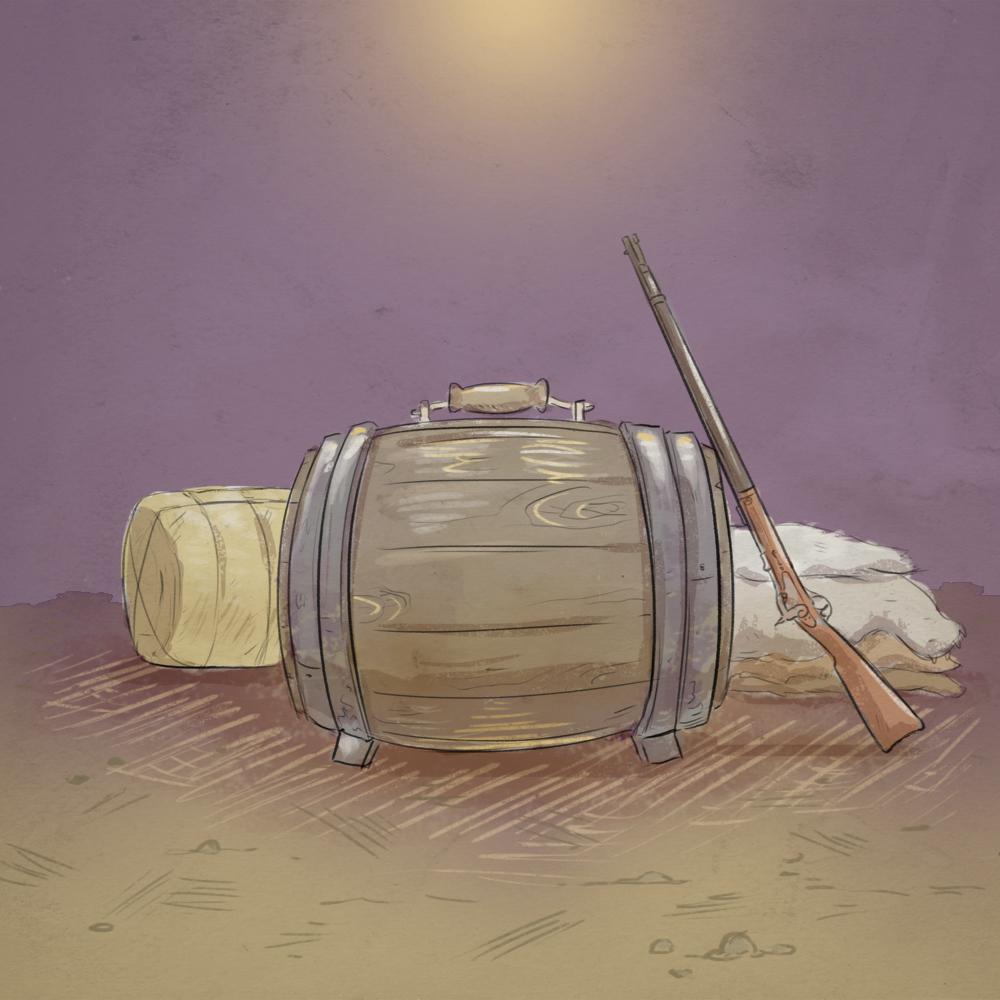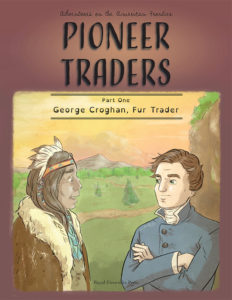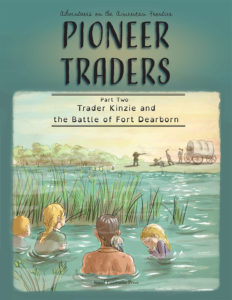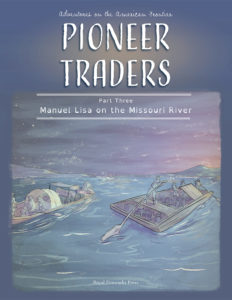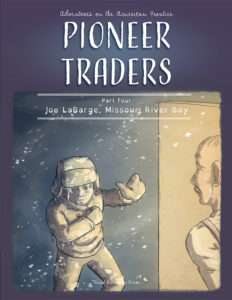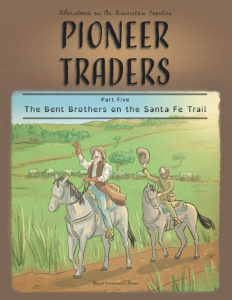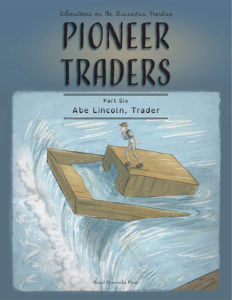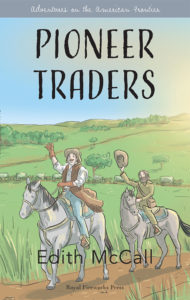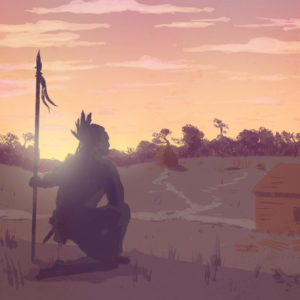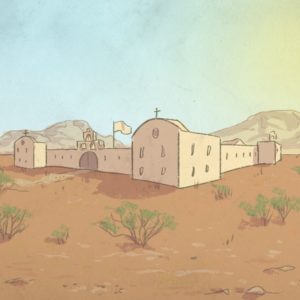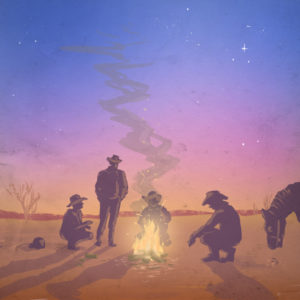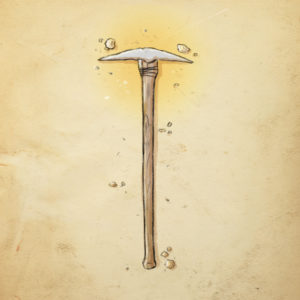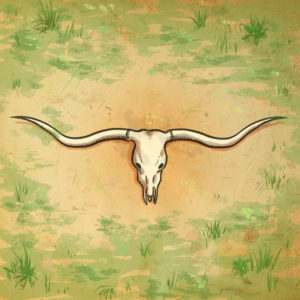Sign in for exclusive products and special discounts.
Pioneer Traders Dyslexia Series
The stories in this series follow the trappers and traders who worked their way across the vast unknown land that was the United States, opening the frontiers for the settlers who followed them.
FREE SHIPPING on all prepaid orders! When you purchase the Pioneer Traders Dyslexia Series set, you can add any other books at the same time and qualify for free shipping on the entire order (in the domestic U.S. only).
In This Series
Description
A Special Series of Books for Children Who Struggle to Read
The first big business in the New World was fur trading. Trappers tramped all across the country, following the rivers into the great, unexplored wilderness, setting their traps and catching literally thousands of beavers. Once they had exhausted a local population of the animals, they’d move on, following another river until that, too, was stripped of all its beavers. Traders went out into the wilderness as well, taking goods to exchange for furs with both the trappers and the Native Americans who wanted to trade for items they could not get on their own, such as metal knives and hatchets, guns and ammunition, brightly-colored cloth, and ornaments and trinkets like glass beads, mirrors, and bells.
There are plenty of controversial points that can be raised in a discussion of the early American trappers and traders, not the least of which are the ways in which the white traders often took advantage of the Native Americans, trading cheap goods for expensive furs, as well as the decimation of local animal populations and the resulting imbalances in the river and forest ecosystems, many of which to this day have never fully recovered. But as much as we may cringe at some of these ideas, the trappers and traders did play an important role in mapping and settling the United States of America.
The traders opened posts all along the rivers and crossroads of the American frontier, which began in places as far east as Pittsburgh and Chicago and gradually worked its way across the country toward Oregon and California and down to New Mexico. Those trading posts often grew into settlements, some of which burgeoned into enormous cities, such as St. Louis, a hub of fur trading in the latter half of the eighteenth century and much of the nineteenth. Where the traders went, settlers followed, and it is hard to imagine how geographically differently our mark on the land might have been or how much longer it would have taken for the country to have been settled without their profound influence.
This six-part series takes a look at the instrumental role the traders of early America played in mapping the wilderness and opening it up to settlement. It was dangerous work, but for men with a longing for adventure, the risks were worth it. Some of them kept at it and became famous; others decided that their calling was elsewhere, and that includes Abraham Lincoln, whose reputation as President of the United States typically overshadows his earlier career choices. Most people don’t know that Abe was a trader for a short time, but it was during a trading journey that he first saw the slave trade in action, and that experience in part shaped how he felt about what he wanted to do with his future. In ways such as this, these stories are far more significant than one might initially think, and so this series is an important part of understanding how America came to be what it is today.
These books are printed in a special dyslexia-friendly font that makes them easier for some children with visual processing problems to read. A special feature of the books is that each two-page spread contains a QR code that links to audio of the book being narrated. Children can listen and follow along to help them learn the words that they are seeing.
The Pioneer Traders Dyslexia Series offers a way for children with reading difficulties to enjoy reading and American history in a rare and wonderfully accessible combination that they will treasure for years to come.
Note: Although each title is meant to be a standalone book, important terms are defined or explained in the first book in which they appear, and the stories build upon one another, making the reading of the books in chronological order a more rewarding experience for children who are new to the topic.
This series is derived from a single novel of the same name. The novel is printed in a standard font with a typical formatting style and no audio feature. (See below.)

